Smart livestock farming encourages high-quality agricultural output. Due to the presence of the Internet of Things, implementing precise agricultural production operations can use various objects. This implementation is accomplished by building a collection of environmental monitoring, crop model analysis, and accurate adjustment of agronomic automation systems and platforms. Through the use of physical parameter sensing devices testing environments, such as soil, air, water, and other production environments for real-time dynamic monitoring, fitting the environmental standards
You may learn more about responsible animal husbandry from this article.
1. What is smart livestock?
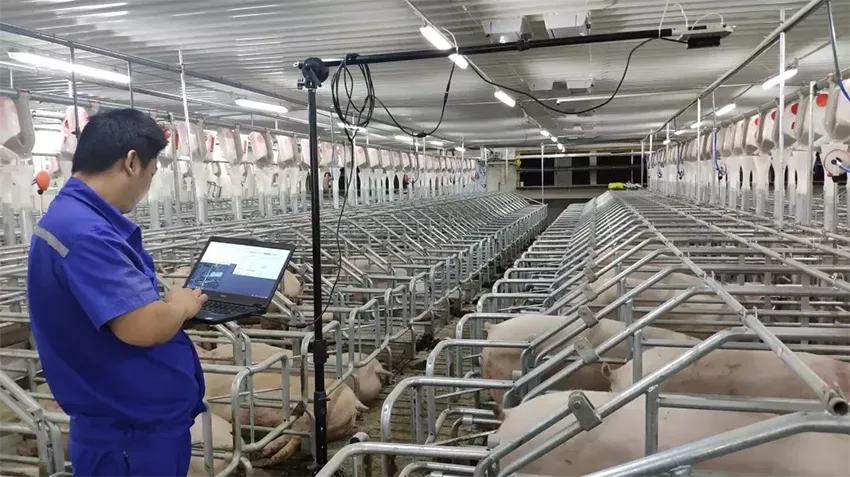
The term “smart livestock” describes a variety of sensing devices and wireless communications systems. These systems rely on the distribution of different links of animal husbandry yield, slaughter, and circulation through the “Internet,” big data technology, cloud-based services, the Internet of things, and other information means. They are utilized in animal production, animal pandemic prevention and containment, livestock products quality control, dead animal innocuous therapies, governance of massacred animals and poultry, veterinary health monitoring, and law enforcement. Other ways include; animal pandemic disaster prompt, animal disease monitoring, risk analysis, trade of livestock and poultry spawning recycle and use of crucial links like the advanced animal breeding pattern of development which can realize intelligent animal husbandry.
2. How does smart livestock Work?
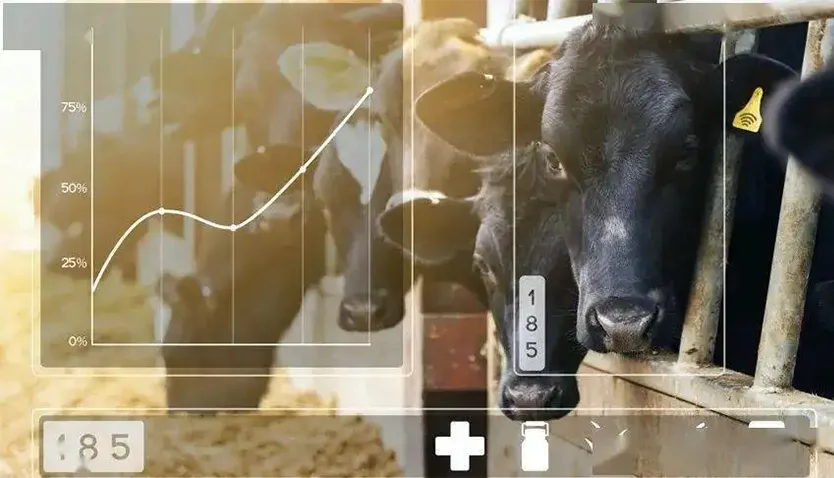
Only manual recording will result in relatively isolated data, time- and energy-consuming data processing, low utilization rates, and minimal production guidance and promotion due to a large amount of information data present throughout the entire industrial structure of pre-production, in-production, and post-production. In addition to improving production management, the Internet of Things can also manage finance and supply chain connections, learn the transparency of diverse production data, lower production and operation expenses, mitigate risk, and achieve excellent business management. And based on the information system of mobile Internet, can use comms technology to convert detector, controller, machines, people, and things into one through the modern paradigm, form the things and people, things and things, coherent surveilling management, epidemic preventative measures and disposal, input management, quarantine declaration, transportation, sale, and other links, and assist farms in realizing the entire process of dynamic control.
A video tracking system for production planning, remote management using computer and smartphone terminals, and data information like breeding type, scale, agriculture products, intelligent control, and leadership are typical features. It also has a quality and safety tracking system for agricultural products.
Intelligent animal husbandry achieves precise control over the development of agricultural goods and the process of animal husbandry, which helps to enhance the management level of intensive agriculture and the quality of crops. As a result, there is a critical demand for sophisticated agricultural information manufacturing systems and agricultural IoT standards covering various industries. These industries include; agriculture, forestry, livestock breeding, atmospheric science, food safety checks, quality tracking of farm commodities, plant physiology, and soil testing.
3. What is the aim of Smart Animal agriculture
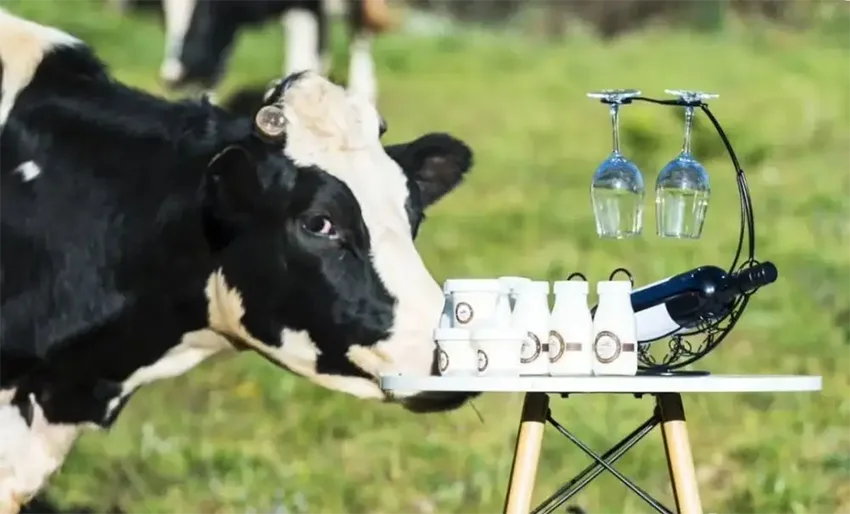
Smart farming encourages high-quality agricultural output. Adhering to precise technical standards and requirements, using intelligent technology to manage and influence each step of the manufacturing process; so as to guarantee that agricultural goods satisfy consumer expectations and achieve an efficient connection between supply and demand, intelligent technology can correctly identify the quality of farm yields in real-time may significantly improve the quality of agricultural goods. Smart agriculture builds a collection of monitoring systems, crop model analysis, and accurate modification of agricultural production automation systems and platforms. Soil, air, water, and other production environments are tested for physical parameter sensing devices for real-time dynamic monitoring, making them conform to standards. The Internet of Things can help various objects be used to implement precise agricultural production operations.
High production efficiency is encouraged by intelligent agriculture. Agricultural producers and operators may more easily and quickly access climate change data, available supply and demand data, crop development data, and other modern information technologies to assess crop growth requirements better; In order to improve the supervision, early warning, and yield evaluation of grain production in the field and increase agricultural production’s capacity to adapt to environmental threats, the applied technologies were spatial geographic information, laser scanning, and other technologies. The organizational level of farm output and the efficacy of labor productivity has increased due to the intelligent facilities’ logical layout of land for labor usage.
Sustainable agricultural growth is encouraged by intelligent agriculture. Smart agriculture helps promote sustainable agricultural growth by integrating ecological preservation and productive development in agricultural production. With the aid of the Internet, two-dimensional code, and other innovations, the creation of whole-process tracking, interrelatedness and spreading of agricultural product quality and food safety information channel, improving the farm product safety and quality supervision system from farmland to table, is conducive to the efficient use of resources and the production of agricultural waste.
4. Smart Livestock Farming Technologies
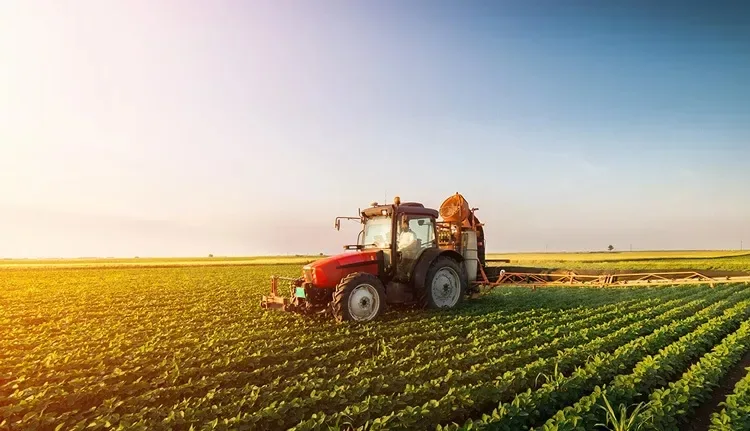
- The Internet of Things technology provides the data foundation for smart animal husbandry.
Using wireless sensor networks/LAN and WAN data diverse real-time online data, livestock farming provides rich information for wisdom and lays the groundwork for intelligent analysis. Animal husbandry technology comprises a significant amount of sensor nodes to monitor networks and collect information sensing tools essential information such as individual development, livestock, and poultry breeding atmosphere.
- Big data and cloud computing are crucial tools for the insightful analysis of animal husbandry data.
Big data traits associated with livestock include multi-source, heterogeneous, cross-platform, and cross-system. The fundamental technologies include domain-oriented vast knowledge discovery and prediction, domain-specific feature universality mechanisms, and knowledge representation and simulation based on multi-modal features.
Traditional technology has difficulty processing such data, and independent and scattered farmers cannot offer the necessary computer power. Big data processing for cattle is technically supported by cloud computing.
- The next wave of cattle business reforms is mainly driven by artificial intelligence.
Machine vision, voice recognition, virtual reality, and wearable technology are some of the core technologies included in artificial intelligence. These technologies can be embedded into and applied to the production and management of livestock in various ways, changing the way that traditional methods of feeding and managing livestock are done while also increasing production governance efficiency and lowering labor costs.
5. Smart animal Agriculture Devices

A data collection and transmission method based on wireless communication is built on the advancement of the Internet of Things, wireless connectivity, mobile communication, and other technologies. When used on the breeding farm, it transforms into an intelligent breeding management system. In essence, an innovative breeding management system is more like a series of monitoring systems.
The traditional intelligence farming control system consists of a sensor, wireless acquiring terminal equipment, a control cabinet, and a cloud platform. The number and type of sensors, typically used with ammonia gas sensors, CO2 sensors, such as hydrogen sulfide, air temperature, and relative humidity sensor type sensors, monitor different environmental parameters of the farms, ranging from three to eight. The number of sensors needed for each kind varies on the size of the farm. Other types of sensors may be added or removed depending on the fundamental requirements of growing other unique animals. Every breeding facility requires a set of environmental monitoring tools to ensure data collection accuracy.
Application equipment for smart breeding control system
To control the safety of livestock drinking water while tracking the pump’s operational status, electricity consumption, current voltage, and other parameters, farms with high water consumption rates may also want to add liquid-level sensors. They may also add intelligent water/electricity meters, water pump current electrical parameters acquisition modules, water PH sensors, residual chlorine sensors, and other equipment.
The control cabinet is one method to manually operate the intelligent aquaculture control system as well as a means of uploading sensor data to the unified management cloud platform. It often has a touch screen to show the aquaculture farm’s real-time statistics.
6. How can smart Digital livestock be beneficial?
When compared to conventional farming, smart farming uses the Internet of Things, which may help save money and labor, standardize and scientifically manage operations, and significantly increase production and quality. Intelligent aquaculture advances the industrialization of the aquaculture sector, enhances the stability of the sector’s growth, and accelerates the development of the social economy.
7. Examples of Smart Animal Husbandry in Practice
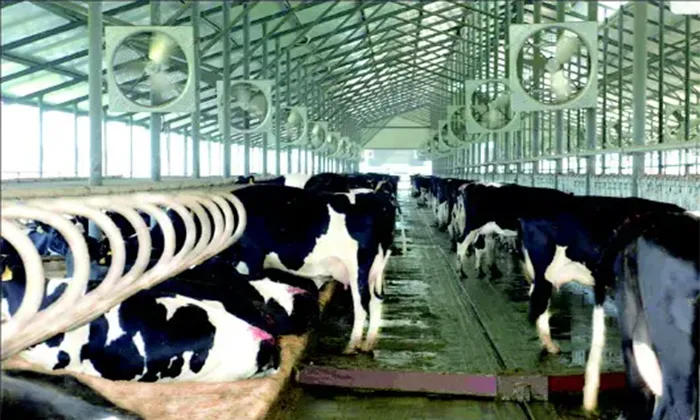
Part 1: climate smart livestock system for monitoring the environment
An environmental monitoring system monitors the breeding environment. This system primarily uses temperature and humidity sensors, ammonia, oxygen, co2, and carbon monoxide sensors, as well as parameters for monitoring oxygen levels, aquaculture environment air temperature, relative humidity, ammonia concentration, and carbon monoxide concentration. Additionally, the remotely monitored center will get timely uploads of the monitored data.
Part 2: Video monitoring system
A camera is put in the breeding habitat to comprehend the development dynamics of animals remotely and in real-time. A video image of the breeding environment is supplied at the appropriate moment to the remote monitoring platform. In the unfortunate event of theft, may track clues to offer evidence for case investigation. It can also deter in advance; thieves have a deterrent and warning impact.
Part 3: Remote monitoring platform
The environmental monitoring system’s monitored data and video surveillance images may be accessed via the remote monitoring platform, a web login platform, and information about the breeding environment can be seen remotely. The remote monitoring platform also includes features like device linkage, account tier, dynamic growth analysis, online data monitoring, recorded data viewing, historical analysis techniques, and historical data analysis.
Part 4: Apparatus for automatic control
The platform can automatically adjust the fan to ventilate the breeding environment and the warm air furnace, wet curtain, and other equipment to provide a favorable animal growth environment. It does so once it detects that the oxygen level is too low or the level of harmful gases, such as carbon dioxide, is too high.
Part 5: Intelligent breeding approach
The basis for the integration of production, supply, and commercialization of agricultural breeding production and processing has been created by a platform for centralized administration and real-time analysis of the data of the subordinate units, breeding bases, and farmers of breeding businesses. This integration is favorable to the operation of farms and businesses by a single family; improving the inventory list, blank review, aquaculture profitability analysis, current analysis, providing scientific analysis report, providing the correct foundation for company decision-making, using the information to carry out the detailed budget, and reducing business risks. Improved productivity, thorough use of technology and science, and scale management are all in favor.
8. Smart livestock Solutions
The innovative livestock solution involves gathering a variety of data from the intelligent terminal equipment of the livestock, such as GPS satellite positioning data, data on the living environment, and physiological indicators, and then transmitting it to the big data platform through NB-IoT /LoRa/4G network in real-time for monitoring and data analysis.
Farmers can control grazing, track the whereabouts of their animals, and check their health at anytime, anywhere, thanks to the “smart Ranch” app for their smartphones. The Smart Farm big data platform creates livestock archives to simplify traceability, develop blood connection spectrum, stop inbreeding, and advance eugenics. Using Big data analytics systematically to investigate the variables that influence cattle growth rates and to allow pasture management to assist in alleviating pasture degradation brought on by overgrazing can be of help.
Additionally, the program recognizes the tracking of livestock food hygiene in a multi-dimensional manner, which significantly contributes to brand building, and product value improvement and ultimately achieves the objective of raising industry value and creating a situation in which multiple parties benefit.
9. Future scope of smart animal husbandry
The conventional breeding sector has significantly been subverted and innovative by using science and technology. The identification of biological individuals, intelligent environmental information sensing, data acquisition and transition, wired or wireless data transmission, and insightful commentary and processing of data are all integrated into a variety of sensing technologies, data environment monitoring technologies, and aquaculture environment control technologies, and other automatic control technologies. The integrated breeding method of precise and delicate feeding, together with intelligent production behavior intervention, is the overall direction of the aquaculture industry’s future growth. The aquaculture sector will eventually transition from decentralized to intense and large-scale operation, becoming a technology-intensive sector.
















